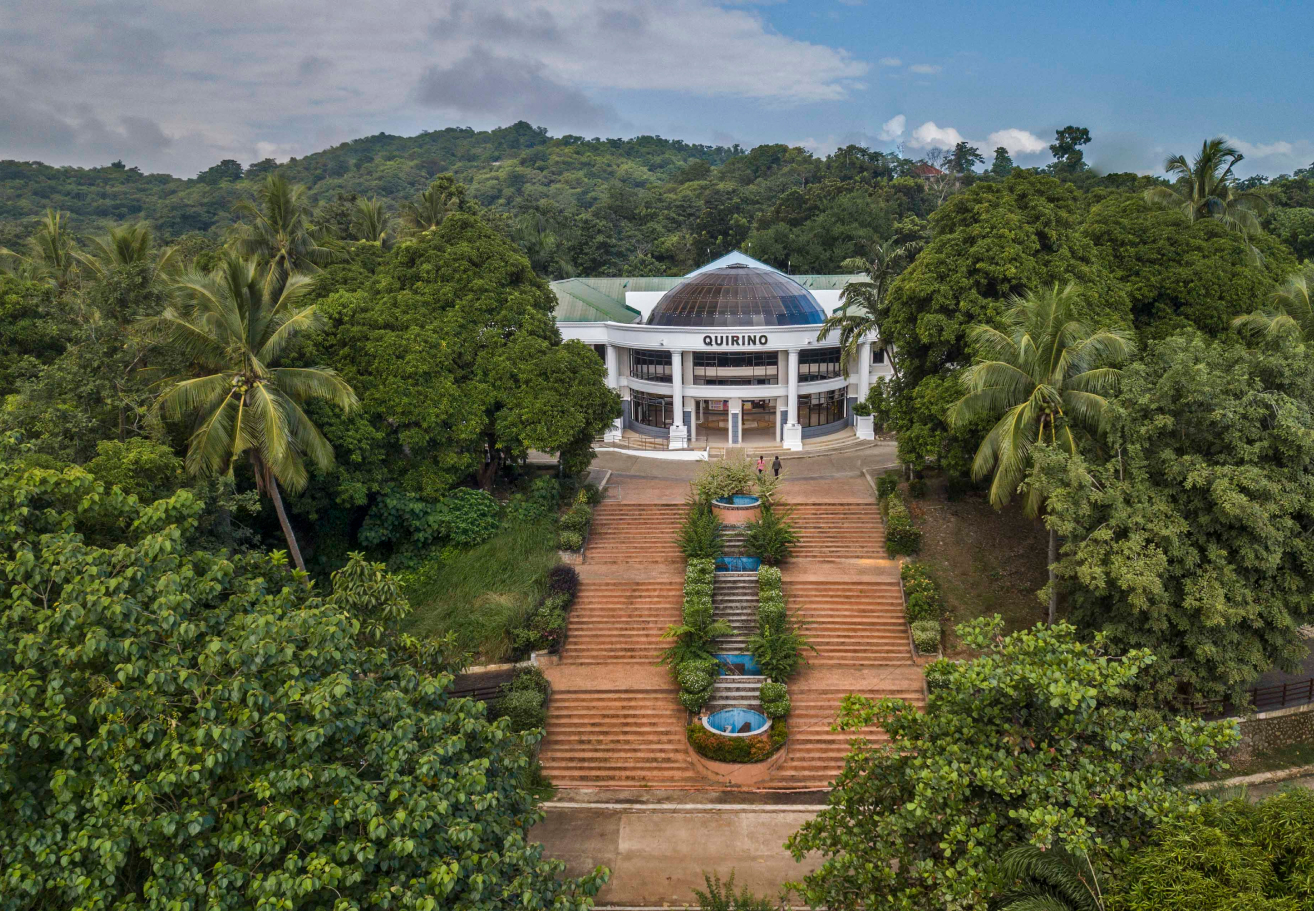Reasons to Invest in Quirino
Natural Resources
The Province of Quirino is endowed with natural resources as it lies along the Sierra Madre Biodiversity Corridor and the headwaters of the Cagayan River, the longest river system in the country. The Cagayan River is the major source of irrigation water for the province, as well as the downstream provinces. The Addalam River, the main tributary of the Cagayan River, is, in turn, the main source of water for the National Irrigation Administration-Addalam River Irrigation System (NIA-ARIS) which irrigates the lowland areas of Quirino that are situated in the northeastern part and the southeastern part of Isabela province.
The Cagayan and Addalam Rivers are also the main sources of sand and gravel in the province of Quirino. These are primarily used as construction materials for building houses, roads and other concrete facilities. These two (2) river systems, thus, provide the province with additional revenue generated from the collection of sand and gravel by more than 20 private operators. Other rivers that can be tapped as potential sources of irrigation water are the Ganano and Dumadata Rivers.
Competitive Business Environment
- Access and reliability to infrastructure and utilities
-
- Road Network
Quirino is a landlocked and mountainous province. It lies at the southeastern portion of Cagayan Valley (Region II), bounded by the province of Isabela in the north, the province of Aurora in the east, and the province of Nueva Vizcaya in the south and west. Given the general physical characteristics of the province, the major mode of transportation for going in and out of the province is land travel.
Two national roads, considered as the gateways to Quirino, connect the province to other provinces of the region which is vital to its development. These gateways link Quirino to Cagayan Valley’s growth centers as well as to the National Capital Region. They are the:
-
-
- Cordon – Diffun – Maddela – Aurora Road; and
- Santiago – Baluarte – Isabela/Quirino Boundary – Junction Mangandingay Roads.
Six other alternate routes are open to traffic and these are:
- Jct. Abbag-Nagtipunan-Nueva Vizcaya Road;
- Jct. Victoria-Aglipay-Maddela-Kasibu Road;
- Jct. Dalemdem-Pinaripad-Palacian bypass Maddela-Aurora Road;
- Echague-Jones-Maddela Road;
- EchaguePanang-San Bernabe-Villa Norte Road; and
- Jct. Balligui-Dumabato Norte Road.
-
These national roads provide access to essential services such as health (Quirino Provincial Hospital in Cabarroguis and District Hospitals in Diffun, Maddela), security (Philippine National Police Provincial Headquarters at San Leonardo, Aglipay, Quirino), education (Quirino State College in Diffun and Quirino Polytechnic College and Cagayan Valley College of Quirino in Cabarroguis) and housing (Oriental Vista Village in Gamis, Saguday, Quirino). These roads also link Quirinians to most of the provincial offices, including the Philippine National Red Cross, Provincial Social Welfare Development Office, Provincial Environment and Natural Resources Office, Provincial Engineering Office and Economic Enterprise Office. National offices such as the National Food Authority, Bureau of Internal Revenue, National Statistics Office, Department Of Labor and Employment and Department of Public Works and Highways are also reachable through these roads.
At present, the local road system of the province consists of provincial and municipal roads with a total length of 275.845 kilometers. These local roads complement the national roads that go through the province, enabling the populace to access key government services and resources like irrigation, education and health.
-
- Electricity
- Digital connectivity
- Network Providers Present: Globe, Smart, PLDT, Converge
- *** Network Operation Center for wireless connectivity by the Quirino Provincial Capitol
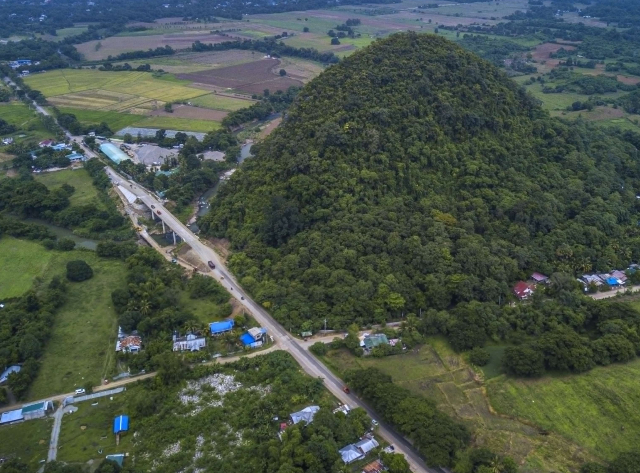
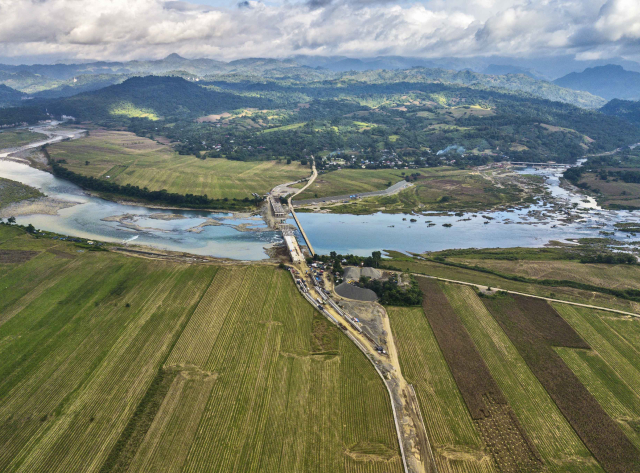
- Ease of access to nearest
-
- Airports
- Nearest Airports:
-
- Cauayan City Airport (an hour and a half) from Cabarroguis
- Tuguegarao City Airport (three hours and 30 mins) from Cabarroguis
- Available skilled and trainable human resources
One of the best resources of Quirino is its people. Living off the land is indeed hard work and yet Quirinians are able to produce more than their sufficient share from such a small land area. Since the livelihood of most families is still agriculture-based, the province’s farmers have organized themselves for better support and cooperation.
These farmers’ organizations are open to the integration of new technologies and methods into their farming practices. The provincial government has also established comprehensive programs, such as projects under the Special Projects Unit (SPU) and Q-LiFE (Quirino Livelihood for Everyone), to help increase the farmers’ productivity and income.
-
- Total Labor Force: 119,000
- Literacy Rate: 98.1%

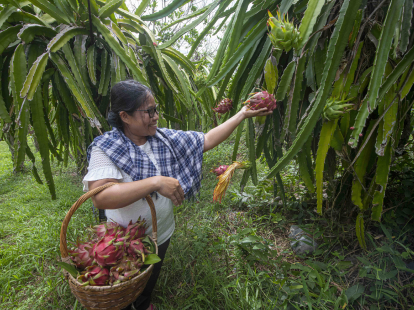

- Access to raw materials suppliers
- Access to huge and urban markets (distance from key markets and population)
-
- Cagayan Valley Region
- Central Luzon
- Cordillera
- East Asian Export Market
- Competitive Cost of Doing Business
DIFFUN
| Cost of Electricity of Commercial Users | 9.33/kWh |
| Cost of Water of Commercial Users | 54.95/cu.m |
| Price of Diesel as of December 31, 2021 | 132 |
| Daily Minimum Wage Rate | |
|
|
|
345.00 |
|
|
|
345.00 |
|
370.00 |
|
345.00 |
| Cost of Land in a Central Business District | 625.00/sqm |
| Cost of Rent of the Largest Commercial Space in the Locality | 70.00/sqm/mo |
AGLIPAY
| Cost of Electricity of Commercial Users | 11.04/kWh |
| Cost of Water of Commercial Users | 40.00/cu.m |
| Price of Diesel as of December 31, 2021 | |
| Daily Minimum Wage Rate | |
|
|
|
345.00 |
|
|
|
345.00 |
|
370.00 |
|
345.00 |
| Cost of Land in a Central Business District | 250.00/sqm |
| Cost of Rent of the Largest Commercial Space in the Locality | 35.00/sqm/mo |
SAGUDAY
| Cost of Electricity of Commercial Users | 8.60/kWh |
| Cost of Water of Commercial Users | 10.00/cu.m |
| Price of Diesel as of December 31, 2021 | 46.75 |
| Daily Minimum Wage Rate | |
|
|
|
345.00 |
|
|
|
345.00 |
|
370.00 |
|
345.00 |
| Cost of Land in a Central Business District | 1,000.00/sqm |
| Cost of Rent of the Largest Commercial Space in the Locality | 400.00/sqm/mo |
CABARROGUIS
| Cost of Electricity of Commercial Users | 9.33/kWh |
| Cost of Water of Commercial Users | 30.00/cu.m |
| Price of Diesel as of December 31, 2021 | 48.65 |
| Daily Minimum Wage Rate | |
|
|
|
345.00 |
|
|
|
345.00 |
|
370.00 |
|
345.00 |
| Cost of Land in a Central Business District | 450.00/sqm |
| Cost of Rent of the Largest Commercial Space in the Locality | 450.00/sqm/mo |
MADDELA
| Cost of Electricity of Commercial Users | 8.57/kWh |
| Cost of Water of Commercial Users | 35.00/cu.m |
| Price of Diesel as of December 31, 2021 | 39.55 |
| Daily Minimum Wage Rate | |
|
|
|
345.00 |
|
|
|
345.00 |
|
370.00 |
|
345.00 |
| Cost of Land in a Central Business District | 25,000.00/sqm |
| Cost of Rent of the Largest Commercial Space in the Locality | 200.00/sqm/mo |
NATIGPUNAN
| Cost of Electricity of Commercial Users | |
| Cost of Water of Commercial Users | |
| Price of Diesel as of December 31, 2021 | 43.45 |
| Daily Minimum Wage Rate | |
|
|
|
345.00 |
|
|
|
345.00 |
|
370.00 |
|
345.00 |
| Cost of Land in a Central Business District | 240.00/sqm |
| Cost of Rent of the Largest Commercial Space in the Locality | 150.00/sqm/mo |
- Quality of Life and Leisure
- Good governance
-
- Consistency in and continuity of political and economic policies
- Ease of Doing Business
- Registration Number of Negosyo
- Six (6) Negosyo Centers are found in the municipalities to facilitate business registration and the provision of business information and business counselling services.
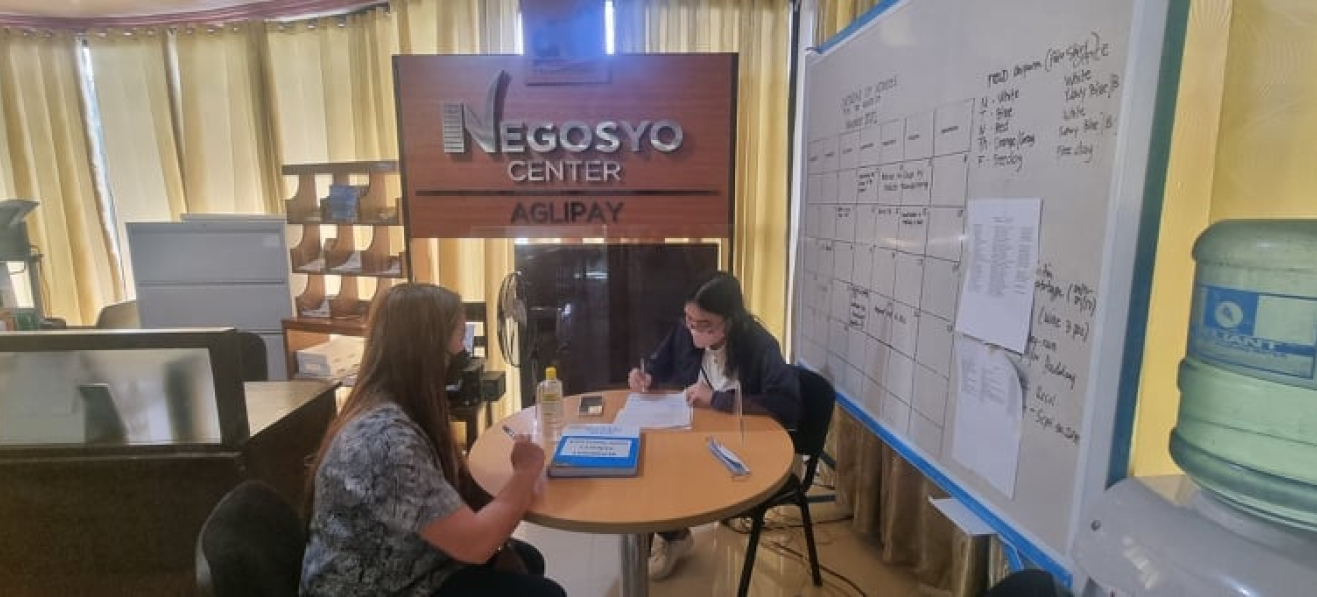
-
- Available Fiscal and Non-fiscal incentives (national and local) Quirino’s Investment and Incentive Code
A major Quirino attraction as far as investors are concerned is its provincial government, an enlightened, forward-thinking leadership that is 100% pro-business. Determined to drive the province forward and enable it to achieve its full potential, it has promulgated the “Quirino Investment and Incentive Code” which seeks, among others, to encourage investments “that would optimize local human, physical and natural resources in the province within the context of sustainable development.”
This code identifies preferred areas of investment that include agriculture and fishery-based enterprises (such as the production, processing and trading of the province’s high-value crops); forest-based enterprise (including wood-carving which taps Quirino’s big community of expert wood-carvers); gifts, toys and holiday decors (led, of course, by the production and trading of the province’s famous fossilized flowers); and tourism facilities and services (which cover the development and promotion of the province’s tourist destinations as well as the putting up of “Pasalubong Centers” or souvenir shops that sell Quirino’s indigenous products).
To encourage investors to put up businesses in the province, the code also offers incentives to registered enterprises in addition to the perks already provided by various Philippine laws. These are:
- Free use of available and/or buildings owned by the provincial government for a period of two years;
- Exemption from the payment of the basic provincial real property tax for a period of two years;
- Exemption from the payment of tax on the transfer of real property ownership for a period of two years;
- Exemption from the payment of the franchise tax for a period of two years; and
- Exemption from the payment of amusement tax on admission for a period of two years.
Public-Private Partnerships
To further encourage investments in Quirino and hasten its development, notably in the area of infrastructure, the provincial government is also open to public-private partnerships (PPPs). In this regard, it enacted the “Quirino Province Integrated PPP Code” in September 2020. This code specifies the various PPP modes, 16 in all, that the provincial government is willing to enter into in accordance with Philippine laws. It also lists down the province’s preferred PPP projects.
These include the following:
- Power plants
- Highways
- Airports
- Railways and other transport systems
- Hydropower projects
- Renewable energy projects.
- Water supply and sewerage systems
- Irrigation systems
- Industrial estates/townships
- Tourism projects
- Housing projects
- Public markets
- Education and health facilities
- Commercial centers
- Information technology networks and database infrastructure
As can be seen in this list, infrastructure development is a priority PPP area for the provincial government of Quirino. In line with its development goal of improving the province’s connectivity and logistics, the building of roads and, eventually, of an airport is especially encouraged. Landlocked and mountainous, Quirino can only be accessed at present by land through a network of national and provincial roads that crisscross the entire province. In addition to building more highways to make the province even more accessible, more farm-to-market roads also need to be constructed so the province’s products can be transported faster and at lower costs.
Another network vital to Quirino are irrigation systems. Currently, the upper canal of the Magat Multipurpose Dam is the prime source of irrigation for arable land, such as the ones in the valleys of Diffun, and Saguday. In addition to this dam, there are other irrigation facilities in the province, such as the Ganano River Dam, Addalam Irrigation System and over 60 small communal irrigation systems scattered across the province. However, additional irrigation systems are still needed if the province is to achieve its development goal of increasing and diversifying its agricultural output.
In addition to the presence of the major telecommunication networks and internet service providers, Quirino also maintains a Geographical Information System (GIS) which can generate an accurate information database of the province’s land area for the use of investors, researchers and others. However, it needs to be upgraded and improved so it could provide more updated data regarding land conditions.
All these programs to attract investors are designed to complement the provincial government’s various development projects that are being implemented to achieve its mission of making Quirino, by the year 2030, “a First World province with a high level human development index living within a balanced ecology, nurturing a vibrant eco-tourism and advanced agro industry under a unified leadership.”
